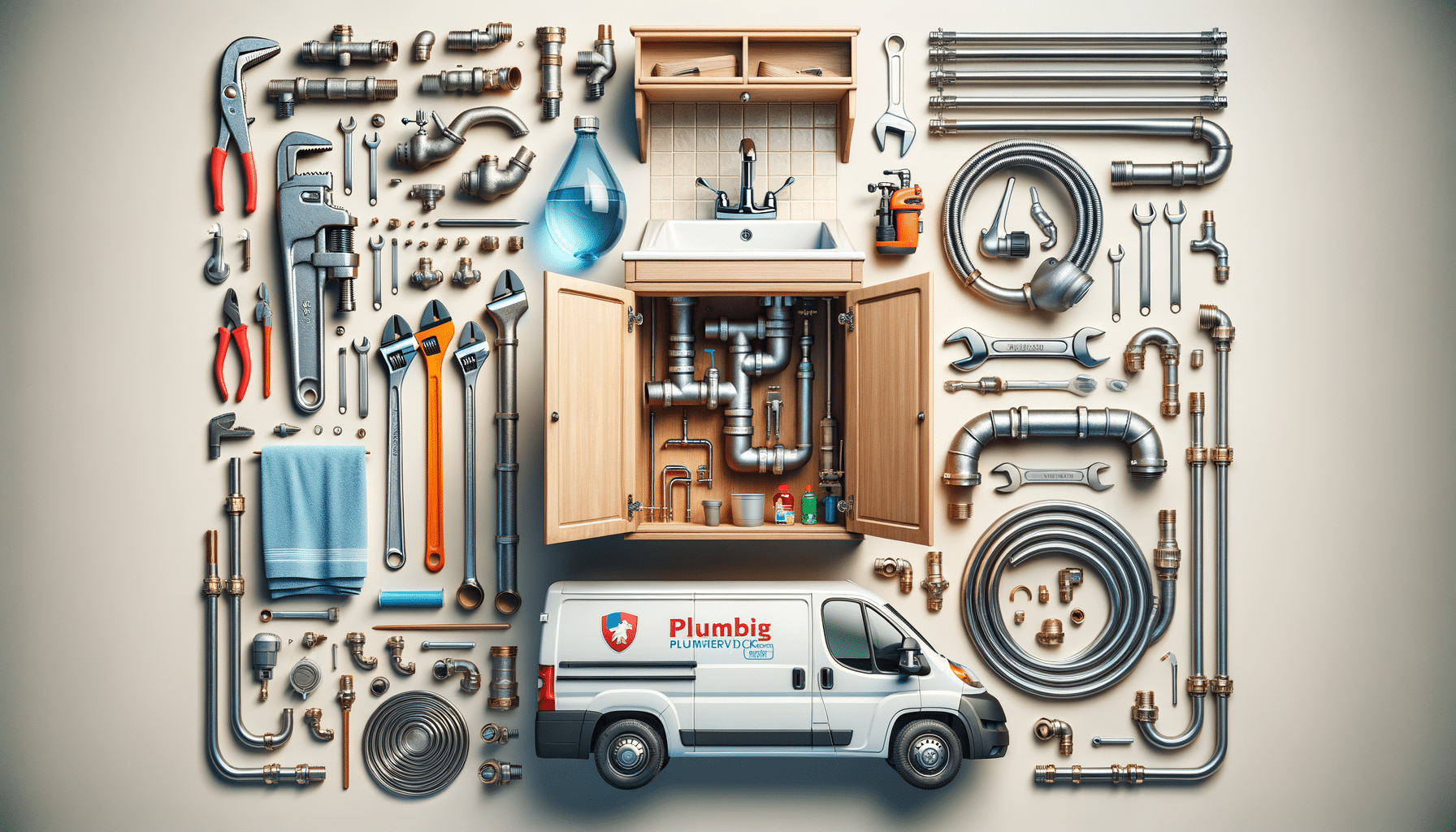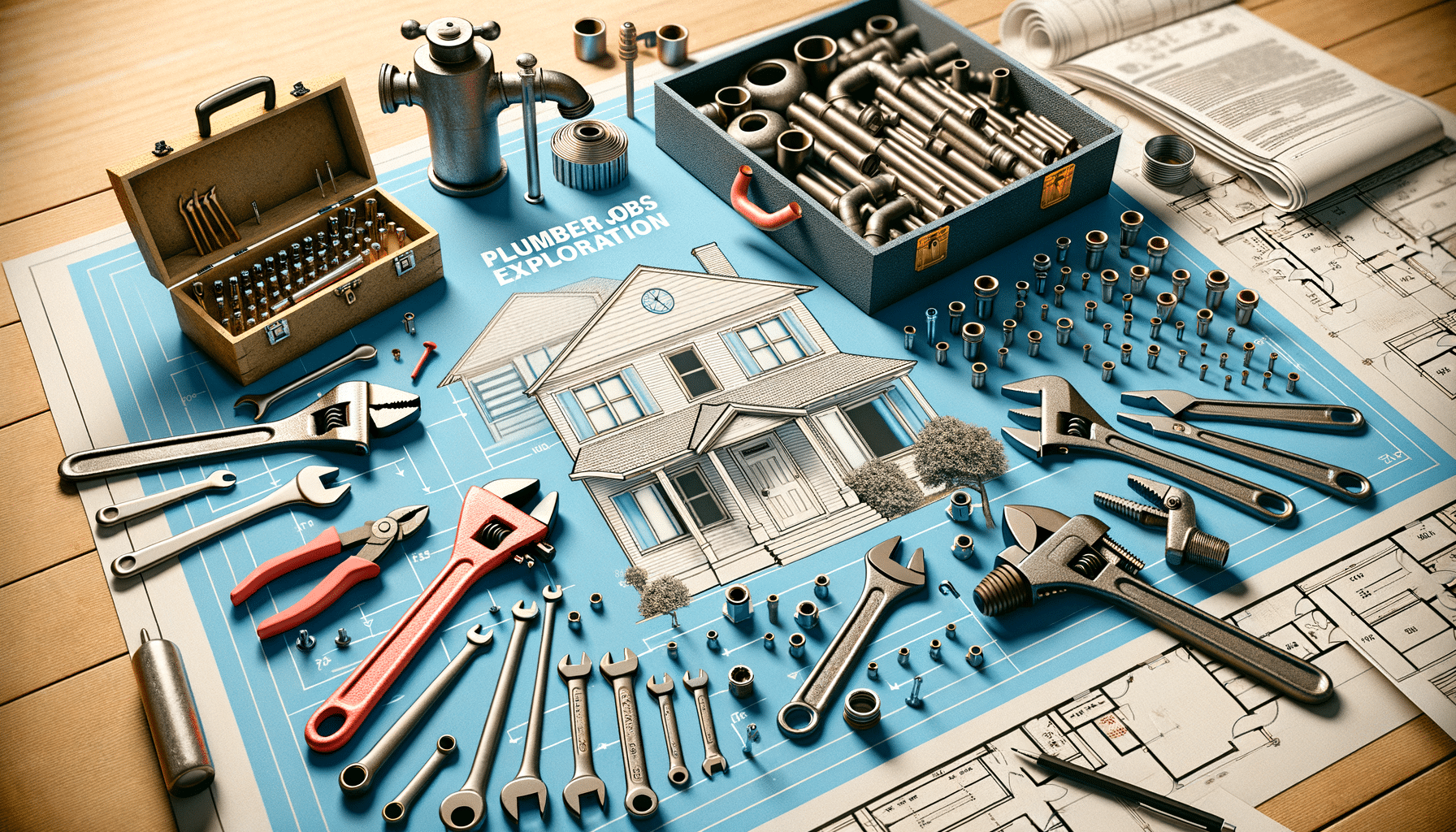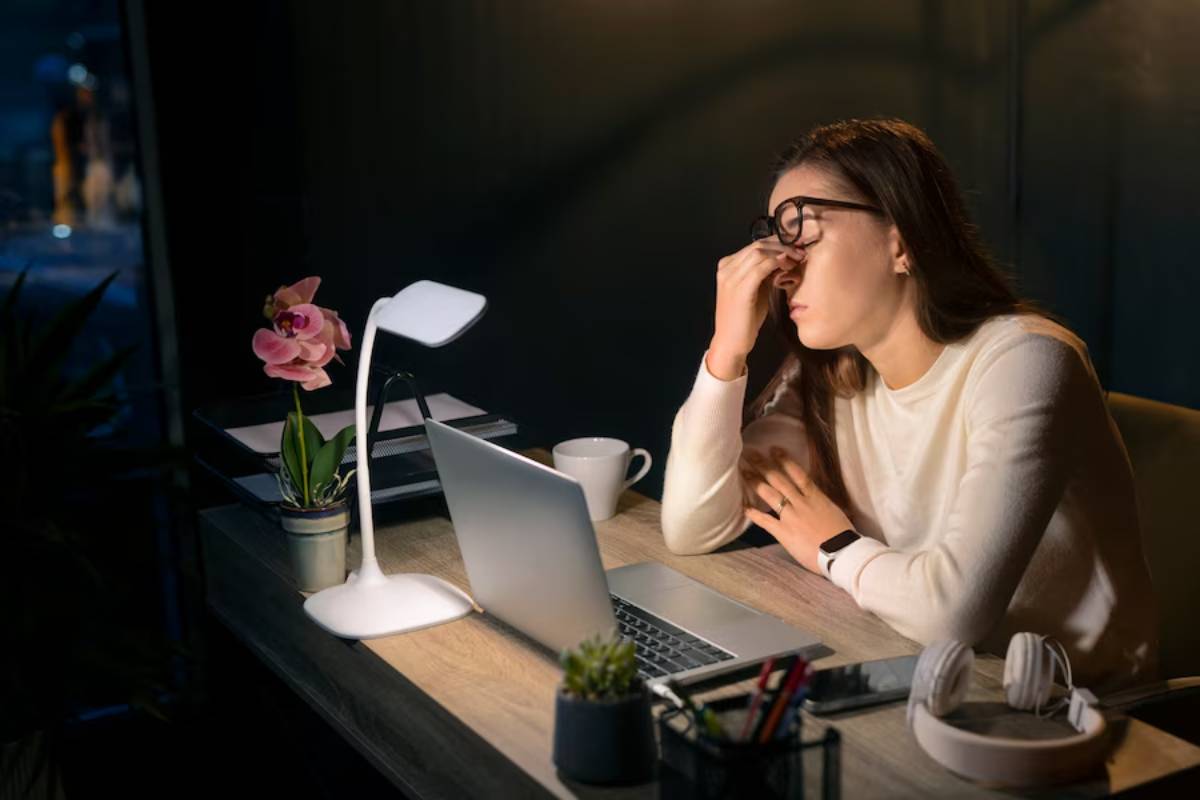
How Lighting Affects Your Productivity
Have you ever felt drained at your desk by midday, even after a good night’s sleep and a hearty breakfast? You’ve cleared your to-do list, turned off your phone, and even brewed your favourite cup of tea. But somehow, your energy dips and your focus slips.
It might not be your workload — it could be your workspace lighting.
Lighting is one of the most overlooked elements in a productivity setup. We adjust our chairs, fine-tune our tech, and schedule our days, but the wrong light can sabotage your mental clarity, energy levels, and visual comfort. Whether you’re working from a home office or in a corporate setting, the quality and type of light in your environment can either fuel your deep focus or leave you feeling fatigued and unfocused.
In this blog, you’ll discover how light influences brain function, the different types of lighting that boost or hinder performance, and practical ways to optimise your space for peak productivity.
The Science Behind Lighting and Focus
How Light Affects the Brain
Your body’s internal clock — or circadian rhythm — is regulated by light. When you’re exposed to natural light, it signals your brain to produce serotonin, which boosts mood and alertness. As daylight fades, your body switches to melatonin, helping you wind down.
The problem? Many of us spend our workdays bathed in artificial light that disrupts this rhythm.

Poor lighting can:
- Causes eye strain and headaches
- Reduce concentration and mental stamina
- Disrupt sleep cycles, especially with excessive blue light
What Science Says About Light and Work Performance
According to a study by the American Society of Interior Designers, 68% of employees complain about their office lighting. Meanwhile, research from the Journal of Clinical Sleep Medicine links poor lighting to decreased cognitive function and slower reaction times.
The right kind of focus light, especially in the blue-enriched spectrum, has been shown to:
- Improve attention span
- Enhance working memory
- Increase task accuracy
Light isn’t just about seeing. It’s about thinking, feeling, and performing at your best.
Different Types of Lighting and Their Impact
Natural Light: The Gold Standard
If productivity were a currency, natural daylight would be your jackpot.
Benefits of natural light exposure include:
- Increased vitamin D levels, which support mood and immunity
- Reduced eye fatigue compared to fluorescent lighting
- Better sleep quality, which feeds into next-day focus
Position your workspace near a window if possible — not just for the view, but for the energy boost.
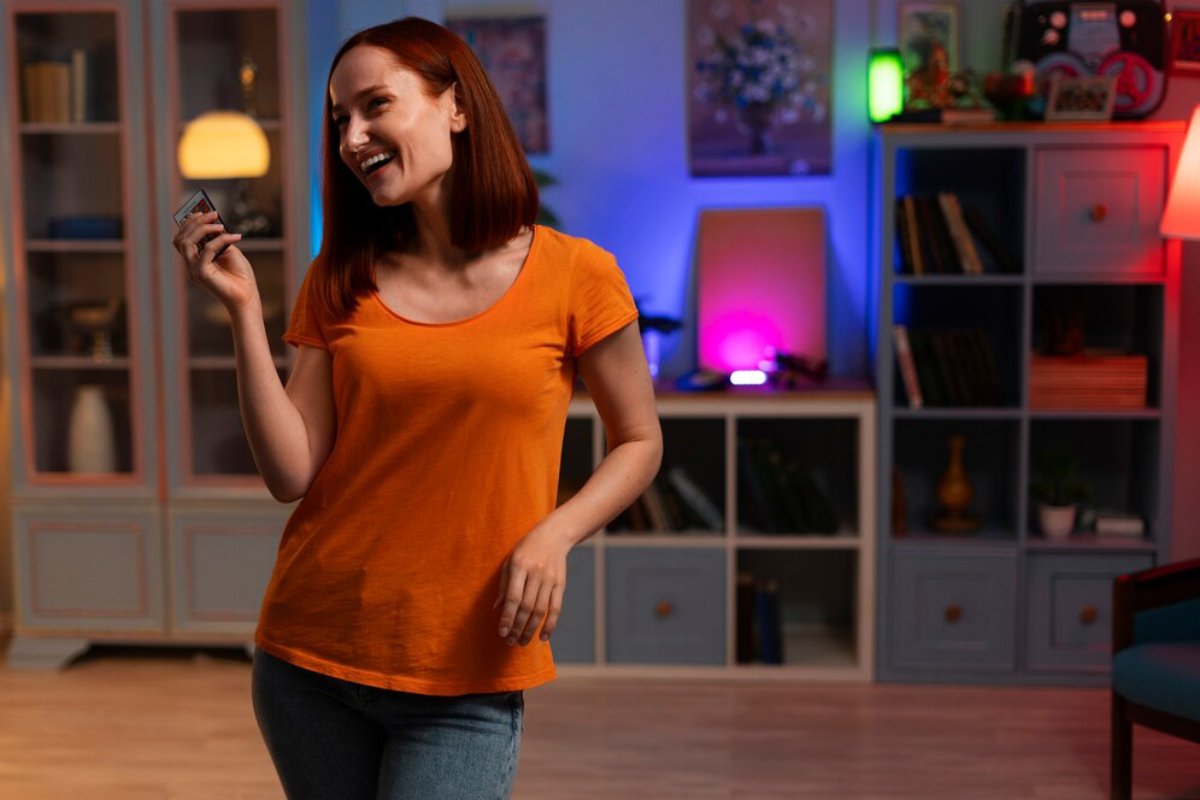
Ambient Lighting: The Background Player
This is your room’s overall lighting — often ceiling fixtures or diffused lamps. While ambient light creates comfort, it’s not always ideal for focused work.
Too dim, and it strains your eyes. Too bright, and it causes glare and discomfort.
Use ambient lighting to balance your environment, but pair it with task-specific lights for sharper focus.
Task Lighting: The Productivity Booster
Task lighting is your productivity setup’s secret weapon. Think of it as a laser beam for your eyes — directing energy and attention exactly where it’s needed.
Great examples include:
- Adjustable desk lamps with dimming features
- Directional LED lights for focused tasks
- Under-shelf lighting for reading or writing
Look for cool white (4000–5000K) bulbs during work hours to enhance clarity and reduce fatigue.
Accent and Decorative Lighting: Atmosphere, Not Output
While not central to focus, accent lighting can affect mood and overall comfort. A warm-toned floor lamp or backlit shelf creates a welcoming environment, which may indirectly improve your willingness to stay at your desk longer.
But remember: don’t mistake ambience for functionality. Keep accent lighting in balance with practical task lighting.
The Role of Colour Temperature and Brightness
What Is Colour Temperature?
Colour temperature, measured in Kelvin (K), determines whether a light feels “warm” or “cool”:
- 2700–3000K: Warm white — cosy, relaxing (great for evenings)
- 3500–4100K: Cool white — balanced, neutral
- 5000–6500K: Daylight — crisp, alert, ideal for daytime productivity
For deep work, aim for 5000K daylight-style bulbs to mimic natural sunlight and stimulate alertness.
How Bright Is Too Bright?
Light intensity is measured in lumens, and overdoing it can be just as harmful as poor lighting.
Recommended brightness levels:
- General desk work: 300–500 lumens
- Reading or precision tasks: 500–1000 lumens
- Accent areas: 200 lumens or less
Use adjustable lighting where possible — what works at 9 a.m. might feel harsh by 3 p.m.
Real-World Lighting Challenges and Solutions
Glare from Screens and Windows
Too much sunlight or a poorly placed lamp can cause screen glare, which reduces contrast and tires your eyes.
Fix it by:
- Installing anti-glare filters or matte screen protectors
- Using blinds or sheer curtains to diffuse direct sunlight
- Positioning screens perpendicular to windows when possible
Windowless Rooms or Night Shifts
If natural light isn’t an option, simulate it with full-spectrum LED lighting. These mimic the balance of daylight and can stabilise your circadian rhythm.
Invest in a light therapy lamp if you’re stuck in dark settings — just 20 minutes a day can lift alertness and mood.
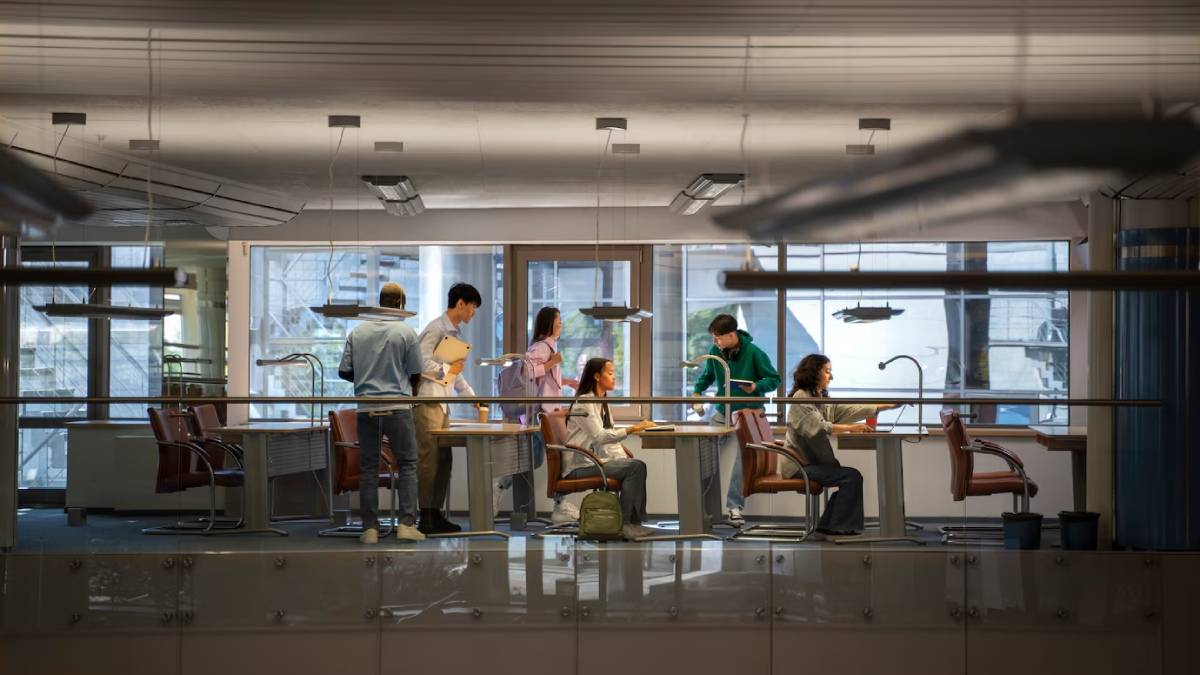
Shared or Open-Plan Offices
You can’t control overhead fluorescents, but you can enhance your personal zone with:
- Clip-on LED lamps for focus
- Desk partitions with built-in lighting
- Noise-cancelling headphones to pair light control with sound control
Small changes make a big difference in high-stimulus environments.
Lighting for Different Types of Work
Creative Work
Creative tasks benefit from warm, adjustable lighting that encourages relaxation and fluid thinking.
- Use soft, directional lights
- Include dimmers to create varied visual textures
- Consider coloured LED strips or light panels for mood inspiration
Analytical or Technical Work
These require high visibility and attention to detail. Choose:
- Bright, white lighting (5000k+)
- Non-flickering LEDs for clarity
- Consistent illumination with minimal shadows
Video Calls and Virtual Presentations
You want to look alert and professional, not like you’re filming in a cave.
- Use ring lights or panel LEDs placed at eye level
- Ensure your light source is in front, not behind you
- Avoid ceiling-only lighting that casts shadows under your eyes
Humanising the Workspace Through Lighting
Personal Comfort Matters
Lighting shouldn’t feel clinical. Add layers of light that balance function with warmth.
- Use warm light for break times to cue relaxation
- Add a small salt lamp or fairy lights for a homier feel
- Change bulb colours throughout the day using smart bulbs
Customising your light environment makes you feel emotionally grounded, not just functionally prepared.
Real Voices, Real Results
- Amira, 28, freelance editor: “I used to work under harsh kitchen spotlights. Since investing in a good desk lamp with adjustable settings, my headaches stopped, and my edits are sharper.”
- Tom, 41, design manager: “Moving my desk closer to the window changed everything. My energy levels picked up, and I actually look forward to sitting down in the morning.”
Simple tweaks, big gains.
Conclusion: Illuminate Your Way to Better Focus
You wouldn’t try to read in the dark — so why do we try to work in sub-optimal light?
Lighting isn’t just about visibility. It’s a direct line to your mood, energy, and cognitive performance. From task lighting that sharpens focus to ambient setups that soothe your nerves, your productivity setup begins with the right light.
Next time you find yourself zoning out, squinting, or dragging your feet, don’t just reach for caffeine. Check your lighting.
So here’s your challenge: audit your workspace today. Can you move closer to a window? Upgrade a bulb? Add a dimmer switch or smart light?
Small changes in lighting can lead to major changes in performance.
